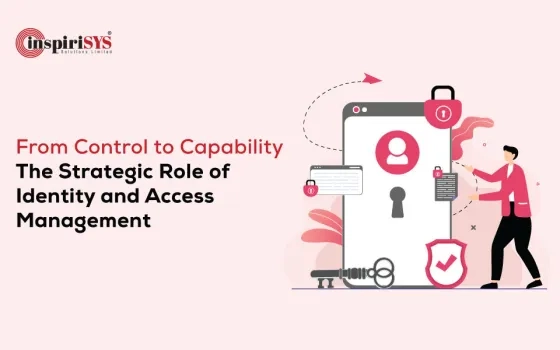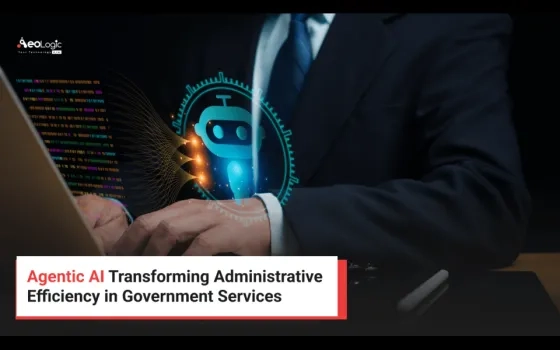Education is one of the fields that are experiencing a massive revolution through the use of technology whereby Augmented Reality (AR) technology is now part of learning experiences. Applications based on augmented reality in education have become highly effective learning environments that allow for the overcoming of the existing learning space and the creation of analogs of physical schools, universities, and colleges. Dating back to data, the central element of this revolution is data science, which is the key tool for building, optimizing, and individualizing the use of AR. This blog post focuses on how data science transforms and personalizes AR-based education applications while increasing students’ interest and developing novel learning approaches.
The Rise of AR in Education
Augmented Reality (AR) is the live direct or real-time view of a physical, real-world environment whose elements are “augmented” by computer-generated images, videos, etc., which are created and provided with the help of smartphones, tablets, or even AR glasses. This technology has found its way into the education system in a big way to ensure that learners get better ways of engaging with knowledge. For instance, while a typical approach to teaching the human body is reading from a textbook, applying an AR app means that the students can first explore live human organs in three dimensions. Similar to history, AR augments the outcome so that students feel like they are taking part in civilization activities in those ancient eras where such studies took place.
However, it is only when data science is incorporated that one realizes that augmented reality has a much greater relevance in learning. Based on the huge amount of data collected, data science can facilitate the cognitive processes involved in AR learning experiences. Thus, AR content can be adapted to each learner, and the educational material is presented in the simplest and most engaging form.
The Role of Data Science in AR-Based Learning
Analyzing and interpreting large sets of data can be achieved by using a collection of techniques from maths, statistics, and computer sciences, collectively known as data science. Data science has several tasks in AR-based education applications: completing the content, changing the approach to learning, and increasing student interest.
1. Permission Marketing: The Use of Data Analytics in Personalized Learning
The most important of the data science applications in AR-based education apps is their capacity for individualized learning. By monitoring the app's activity in terms of time spent, areas requiring more effort, and progress one can identify possible changes in content in relation to each learner.
The machine learning algorithms are particularly effective in the current task. The possibility of analyzing vast quantities of users’ data and detecting patterns allows the app to modify the level of difficulty or the content within a few seconds or the type of interaction. For example, a poorly performing student may be stuck on a given concept in mathematics. Then, the app can suggest more problems to practice or use AR to provide the student with visual materials to make comprehension easier.
We believe that, on the one hand, differentiated instruction assists students in making progress as necessary as it makes the process less irritating and boring. This way of managing knowledge also makes it possible for learners to learn more without being overburdened; this also makes it possible for students who are struggling to be taken care of without the need to challenge the intelligent ones.
2. Enhancing Student Engagement
Interest is among the most important components of any learning aid, and Android-based applications based on augmented reality seem capable of involving students’ interests. Data science then aids educators and developers in determining which of the features are most suitable for keeping learners engaged at any particular time. Data about user behavior during the classes such as how long students spend viewing specific features, and which activities they find most attractive or which items discourage the learners. These data can help developers to enhance the use of AR applications by constantly obtaining, processing, and applying user interaction information.
For instance, if students' use of interactive 3D models is significantly higher than that of quizzes, they can optimize and develop the segregated AR-based uniqueness of the 3D models to boost their usage. Furthermore, data science-based A/B testing enables developers to hypothesize various features as to which version of the app allows for better student learning.
The feedback loop caused by DSC sustains AR apps and their interactivity and engagement over time. When students are learning through the use of AR apps they will not get bored because the appeal of learning through apps is not brief.
3. Getting Feedback and Learning Analytics in Real Times
Arguably, the most inspiring impact of data science in AR-based education applications is that feedback can be given in real time to students and trainers. In traditional teaching and learning processes, students may never gather any feedback on what they are learning, or the feedback may be available only after a long time, for instance after tests or assignments have been graded. However, AR apps when integrated with the data analytics capabilities of the technology can give real-time feedback regarding the interactions.
For example, an AR-based application for chemistry can test how closely a student develops a molecular model within a real-time environment. If he or she is wrong, the application is capable of providing hints or correcting the model for the student. Likewise, if a history app gets the idea that a certain student is having difficulty in recognizing key objects in a museum, it can help the student by explaining or pointing the student in the right direction.
In addition to assisting individual students, this real-time data may also be beneficial to the teachers. This observation makes it easier for teachers to track class-wide issues and note and come up with crucial changes to curricular matters as they affect most students. Data science enables the application of learning analytics for education where decisions are based on data and performance enhances not only the student’s results but also the general performance of the classes.
Data-Driven Content Development
This study was conducted to establish the knowledge gap on content development in AR-based education apps; therefore, it can be concluded that content creation in these apps was time-consuming and involved designing an interesting, interactive learning environment and accurate portrayals of the course material. Information science is significant here, as it helps to assess which types of posts contribute most to the organization, and what can be improved or changed.
For instance, AR content in a biology app can be illustrated by models of cells, ecosystems or particular organisms. Regarding user feedback, those interactions can suggest which models are suitable for learning and enhancement of content production, targeting the most influential experiences. The data can help developers to design more personal, hands-on, computer models when students time and again get stuck on a specific concept.
Besides, data science can also decrease the time it takes to develop new content through automation. For instance, Natural Language Processing (NLP) algorithms can help scan enormous amounts of text, making it possible for developers to build quizzes or assessments that reflect what has been taught in class.
Conclusion
Integrating data science and AR-based education apps marks a major shift in learning by personalizing experiences, boosting engagement, and providing real-time feedback. This fusion bridges the physical and digital worlds, creating more adaptive and inclusive educational environments.




























